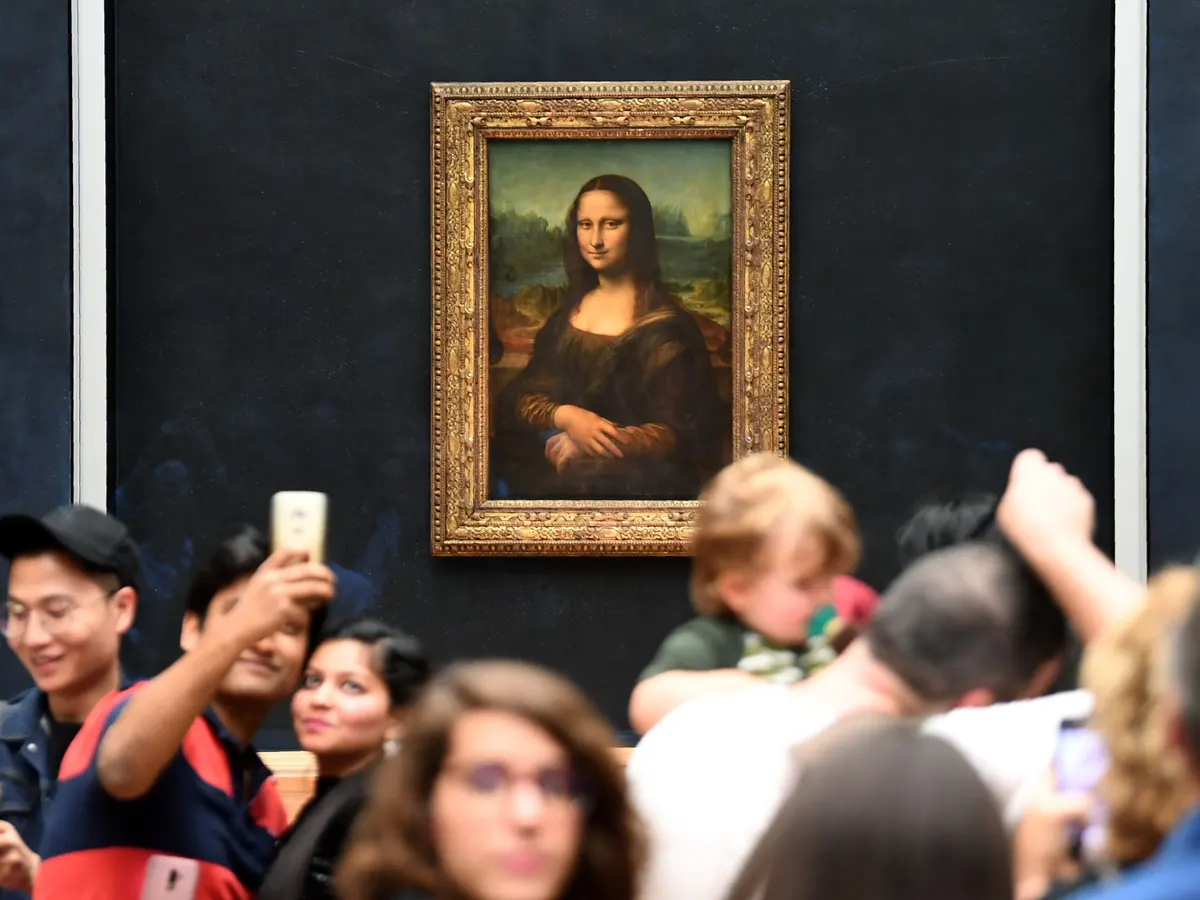
Museums and galleries play a major role in preserving and displaying cultural heritage. They also provide people with an innovative way to interact with artifacts, help in the appreciation of artwork, and give patrons an immersive learning experience.
One way for museums and galleries to further engage visitors, enhance their understanding of the artwork and provide additional learning opportunities is through audio displays.
Audio-visual displays in museums, art galleries, exhibitions, and showrooms are important for providing an interactive and immersive experience for visitors. In order to create a successful audio-visual display, it is essential to have the right speakers which can help to provide a high-quality soundscape that is appropriate for the space. Speakers can also be used to create specific effects that add to the overall atmosphere of the setting. While traditional speakers are suitable for many applications, directional speakers are becoming more popular as they can offer a unique way of delivering sound in narrow beams.
Table of Contents
How to choose the right system?

Source: snellingbiz.com
There are several options available in terms of speaker types and placement. Traditional speakers should always be considered first as they provide good coverage and clarity of sound throughout a room or space. However, if the environment allows it directional speakers can be used to create interesting effects that will further enhance the visitor’s experience. For example, you can discover interactive museum solutions with directional speakers that could be used to focus on specific points within a gallery or museum such as an exhibit or artwork; this would enable visitors to get a better appreciation of the details without interfering with other parts of the room or space.
In addition to choosing an appropriate type of speaker, it is also important to consider how the audio-visual display will integrate with other elements in the space. This includes factors such as lighting levels and placement of furniture within the area so that visitors receive equal amounts of attention from both visual and audio sources. Additionally, careful consideration should be given to how sound is controlled within each area; this includes ensuring background noise levels do not interfere with any audio applications that may be present such as loudspeakers or sound systems used for narration or music playback.
To improve upon current museum and gallery audio displays, one option is to make use of digital technology by implementing surround sound systems with multiple channels and multiple devices connected together. This would allow for greater control over how sounds interact within each area while also providing higher quality output than traditional methods allow for; this could then result in more immersive experiences where viewers feel immersed in what they are seeing both visually and audibly. Additionally, advancements in speaker technologies have enabled them to become smaller yet still produce high-quality sound; this means that more discrete yet powerful solutions can now be installed in areas previously unable due to size constraints alone such as small corners or tight spaces between walls or furniture items.
Finally, using automation technology allows for automated adjusting settings within an audio-visual display based on user input or pre-defined parameters; this could include things like automatically lowering the volume when certain conditions (such as loud talking) are met or increasing bass frequencies when certain songs play during presentations, etc. Automation helps ensure optimal listening experiences regardless of environmental conditions while simultaneously protecting delicate equipment from damage caused by excessive use at higher volumes than recommended levels.
Advantages of Audio Displays

Source: arnabontempsmuseum.com
Audio descriptions serve as an invaluable tool for making art accessible to those with visual impairments or low vision, allowing a greater level of understanding without compromising visual detail. Moreover, audio displays allow stories and tales about the collections on display in museums and galleries to come alive for listeners — this is especially useful for younger audience members who would benefit greatly from the interactive experience offered by audio displays. In addition, soundtracks can help set an appropriate atmosphere in the exhibition space by providing background music while stimulating conversation among attendees.
- Guided tours – providing multimedia content such as recordings or live lectures
- Audio descriptions – making art accessible to those with visual impairments or low vision
- Interactive experience – stories and tales about the collections on display in museums and galleries come alive for listeners
- Background music – setting an appropriate atmosphere in the exhibition space
What are the challenges?

Source: 911memorial.org
One of the biggest difficulties involves content management: curators need to carefully comb through self-promotional or factually incorrect material, ensuring that what is being presented to visitors is accurate and up-to-date. Additionally, curators must consider the loudness of an exhibit — if the audio is too loud, it may be disruptive for visitors or other exhibits nearby.
Additionally, museum and gallery audio displays should always allow for multiple languages in order to make the experience accessible to all audiences. Translation costs for material can pose a challenge, given limited budgets; however, there are affordable solutions available that allow museums and galleries to provide multilingual capabilities without causing undue financial strain on their operations.
- Museums and galleries should provide accessibility options such as closed captions so everyone can enjoy their exhibitions without missing out on key information.
- Integrated systems should be designed with scalability in mind — this will enable exhibition teams to continuously improve their offerings as visitor trends evolve over time.
Conclusion
In conclusion, audio displays in museums and galleries play an important role in providing content that enhances visitors’ experience. With careful planning and consideration towards the needs of visitors, these audio displays can be improved to ensure a high-quality visitor experience by taking into account:
- Sound design
- Voiceover or text-based scripts
- The use of multiple languages
The goal should be for the audio display to provide visitors with a more engaging and memorable experience than they would have without it. Further research into museum best practices in regard to audio displays should be conducted on a regular basis as trends and preferences tend to fluctuate over time.







